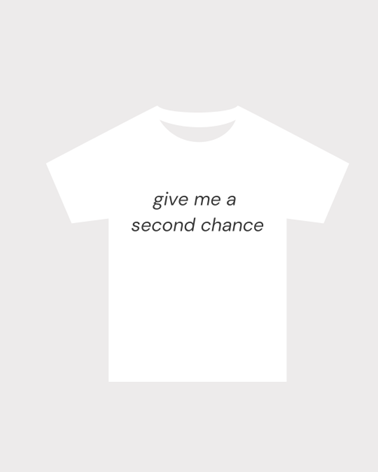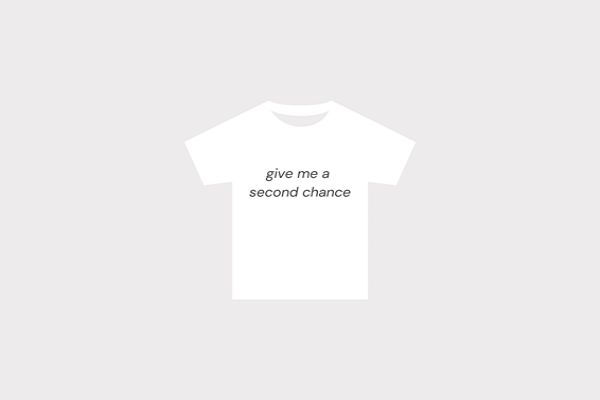
The story of Second-Hand clothing.
Second hand clothing, also known as thrift stores or vintage clothing, has truly a rich history. During World War II, clothing rations led people to seek out used clothing. In the 1960s and 70s, second hand clothing became popular with hippies and counterculture movements.
Today, second hand shopping is gaining mainstream acceptance as people look to reduce waste and save money. The rise of online marketplaces and curated vintage shops have made second hand clothing more accessible than ever before.
From wartime necessity to fashion statement, the story of second hand clothing continues to evolve.
What does the term ‘’Second-Hand Clothing’’ refer to?
Second hand clothing refers to any clothing item that has previously been owned and worn by someone else before being sold or donated. This category of clothing includes vintage clothing, thrift store or charity shop finds, as well as items sold on online platforms like eBay and Depop.
Purchasing second hand clothing is a sustainable and eco-friendly option for consumers, as it diverts garments from landfills and reduces the environmental impact of clothing production. Additionally, it can provide unique and affordable fashion choices for people of all styles.
5 reason why choosing ‘’Second-Hand’’ is important
Choosing second-hand clothing is a great way to reduce your environmental impact. When you buy second-hand clothes, you’re extending the lifespan of those clothes and keeping them out of landfills.
This helps to reduce the amount of waste that ends up in our environment and reduces the resources needed to produce new clothing. Secondhand shopping also offers unique, one-of-a-kind items and is often significantly more affordable than buying new.
1. Textile Waste Reduction
Buying second-hand clothing is a great way to reduce the amount of clothing that ends up in landfills. The amount of textile waste generated worldwide is estimated to be around 92 million tons per year. This waste includes discarded clothing, linens, and other fabric-based items.
The fast fashion industry is a major contributor to this waste, as it produces large quantities of cheap clothing with a short lifespan. Only a small percentage of textile waste is recycled, with the rest ending up in landfills or incinerated, releasing greenhouse gasses and other pollutants. The fashion industry needs to adopt more sustainable practices to reduce textile waste and its environmental impact.
2. Resources Conservation
Second-hand clothing requires no new resources, reducing the environmental impact from manufacturing new materials and clothing. In today’s world, there is a growing need for sustainability and consciousness in the way we consume resources. One of the most significant industries that contribute to environmental damage is the clothing industry.
However, there are ways to be more ethical and eco-friendly when it comes to our wardrobe choices. This includes buying secondhand clothes, using natural and organic fabrics, and taking care of our clothes properly. It’s crucial that we acknowledge and act on the impact our clothing has on the environment, and make mindful choices when it comes to our fashion purchases.
3. Support of the Circular Economy
When you purchase second-hand clothing, you are supporting a circular economy that prioritizes reuse over waste. Circular economy clothing refers to clothing that has been produced, distributed, used, and disposed of in a manner that minimizes waste and pollution, and maximizes resource productivity. It involves practices such as reducing the use of virgin materials, recycling and repurposing used clothing and textile waste, designing for durability and recyclability, and fostering a collaborative and inclusive industry ecosystem.
The circular economy approach aims to create a regenerative and resilient textile industry that is socially and environmentally responsible, while delivering financial benefits to stakeholders at all stages of the value chain.
4. Saving Energy
Second-hand clothing doesn’t require the energy-intensive production methods that new clothing does, cutting down on carbon emissions. Textile production requires a considerable amount of energy. To save energy, textile companies can adopt measures such as using recycled fabrics, reducing water usage, installing energy-efficient lighting, using renewable energy sources and improving machinery efficiency. Encouraging consumers to wash clothes in cold water and air-dry instead of using a dryer can also save energy. By adopting these energy-saving practices, textile companies can reduce their carbon footprint, save on energy costs and contribute to a more sustainable future.
5. Saving Money
Second-hand clothing is often significantly cheaper than new clothing, allowing you to save money while still looking stylish and sustainable.
The amount of money spent on clothing varies widely depending on a person’s budget and lifestyle. Some individuals may spend thousands of dollars a year on designer clothing or high-end fashion, while others may shop exclusively at thrift stores or discount retailers. Factors such as age, gender, and occupation may also influence clothing spending habits.
Research shows that consumers are spending less money on clothing due to increasing concern over sustainability issues. The fashion industry is also starting to shift towards more sustainable practices, as consumers demand transparency and accountability.
In recent years, there has been an increase in funding for research on sustainable fashion, including studies on the environmental impact of clothing production and the incorporation of sustainable materials into fashion design. Additionally, financial investments have been made in developing new technologies and innovations that can reduce waste and pollution in the fashion supply chain.
